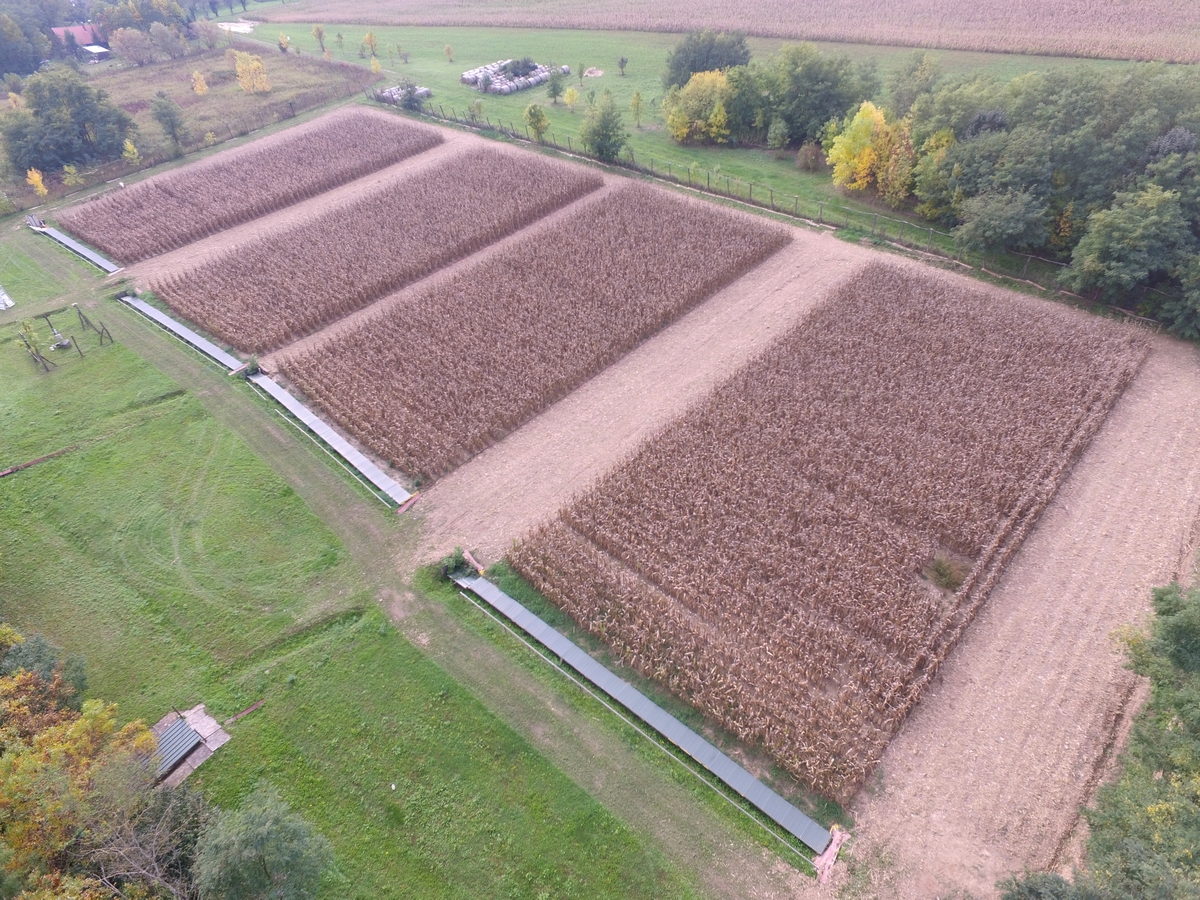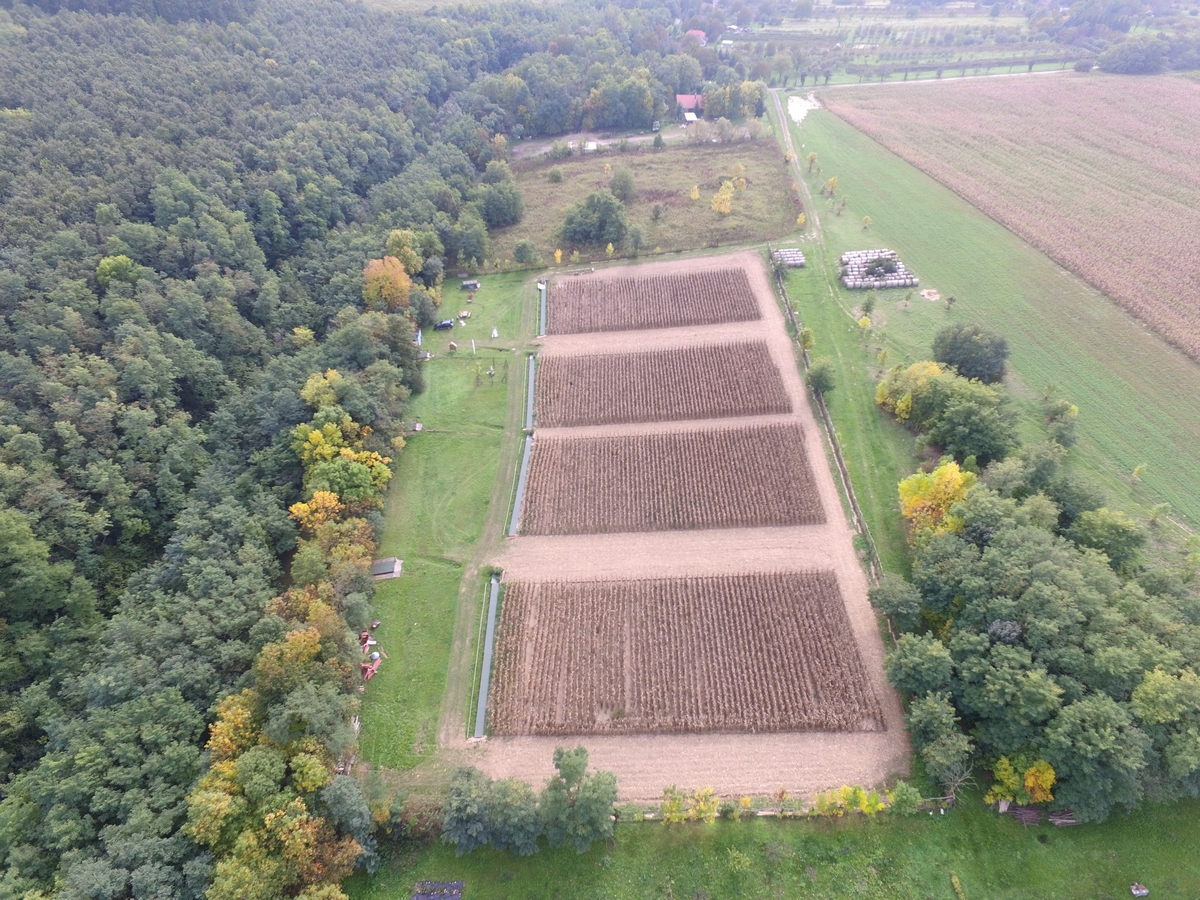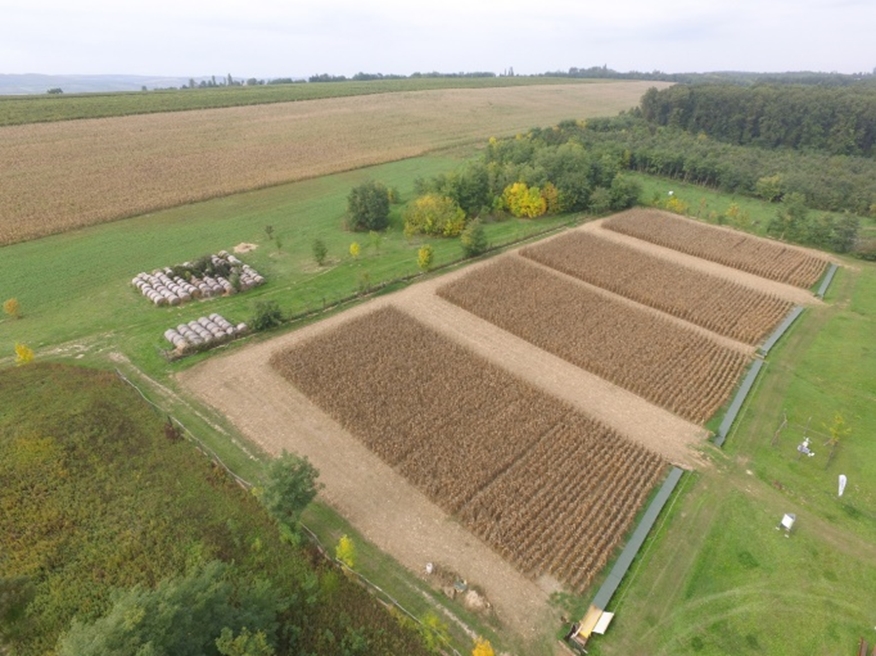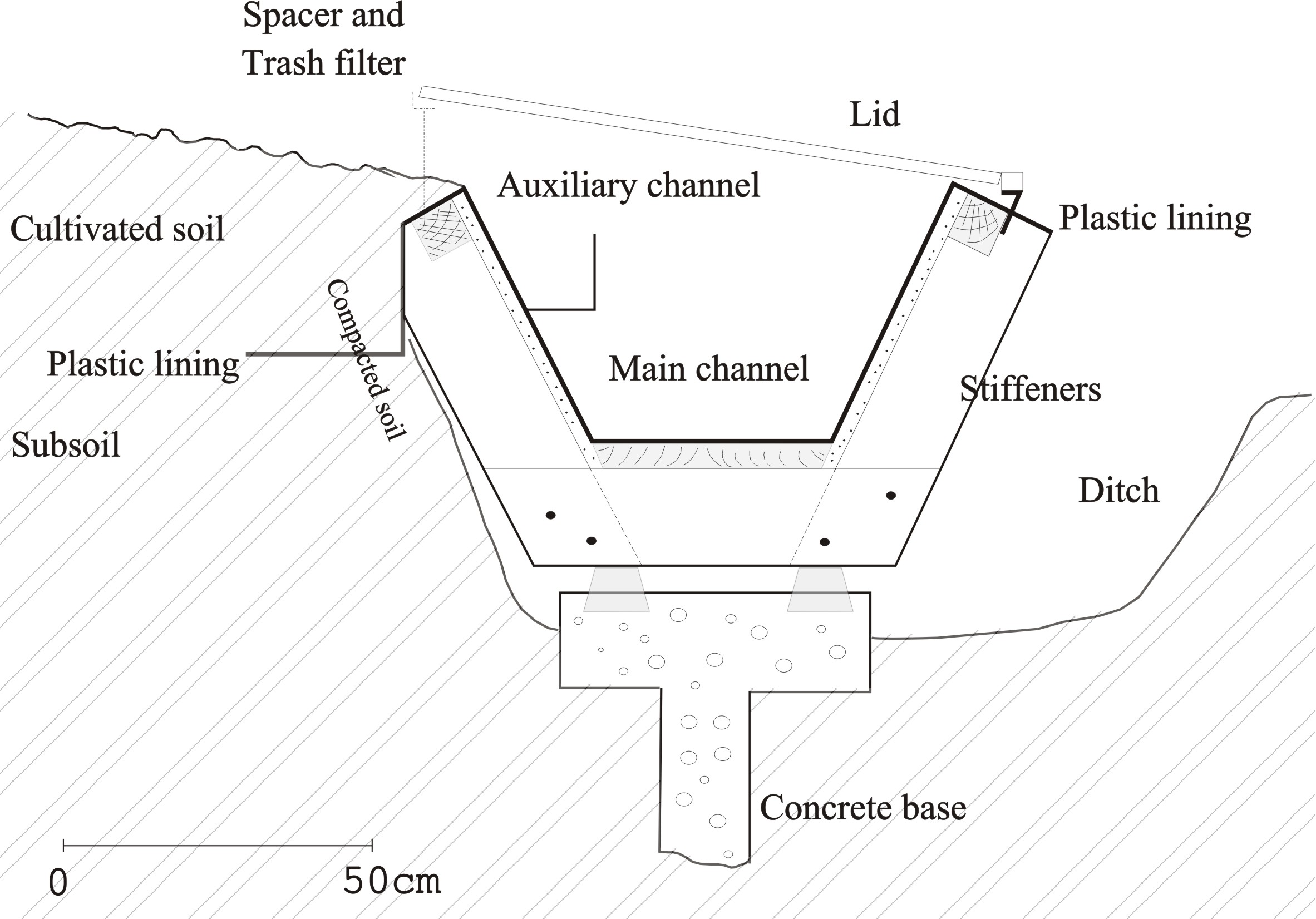THE SZENTGYÖRGYVÁR RESEARCH STATION
CONSERVATION (REGENERATIVE) AGRICULTURE EXPERIMENT
The Research Centre for Astronomy and Earth Sciences operates a research station of European importance in Szentgyörgyvár, Zala County.
The environmental and economic effects of conventional and conservation tillage at the research station can be studied under real-life conditions. The Szentgygyörgyvár Research Station was established in 2003, within the framework of an EU LIFE project (SOWAP). The station turned 20 in 2023. The longevity of the experiment, if not a curiosity, is of considerable value in itself. Unlike other European long-term experiments, in Szentgyörgyvár it is possible to monitor not only the soil condition and the crop (or plant nutrition parameters), but also the amount of soil loss and runoff water from the field, as well as physical and chemical parameters (nutrients, pesticides). The EU LIFE project came to an end in 2009. Subsequently, SYNGENTA Hungary Ltd. provided the maintenance and operating costs, while HUN-REN Secretary will provide the funding in 2024. Between 2022-2026, research at the station will also be supported by the NKFIH grant K143005.











